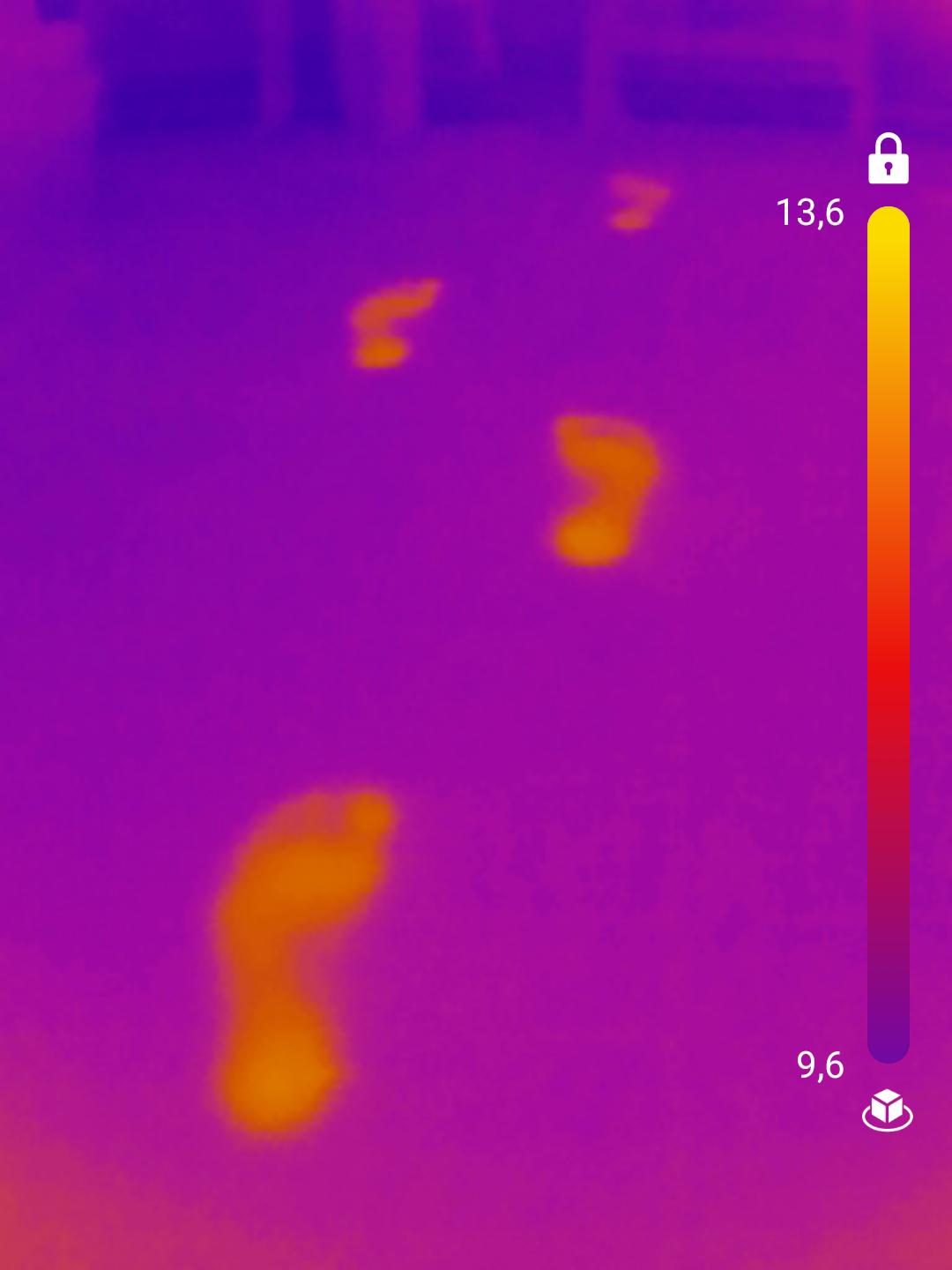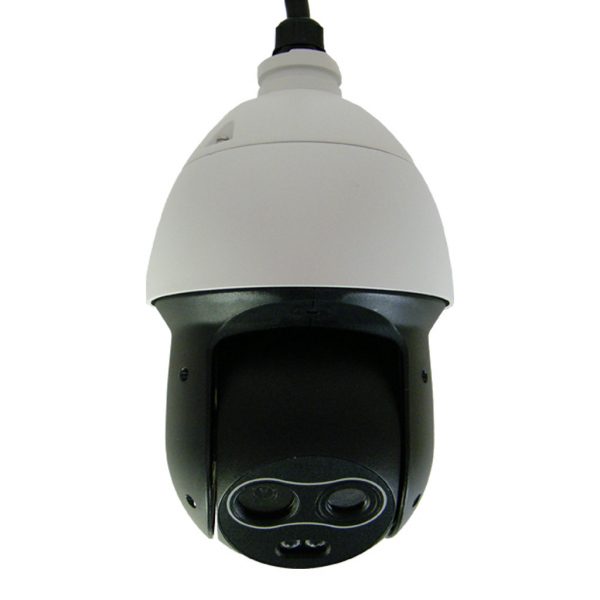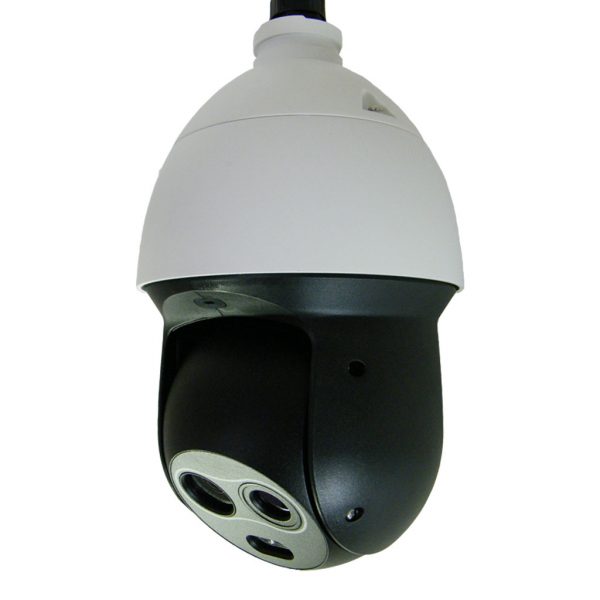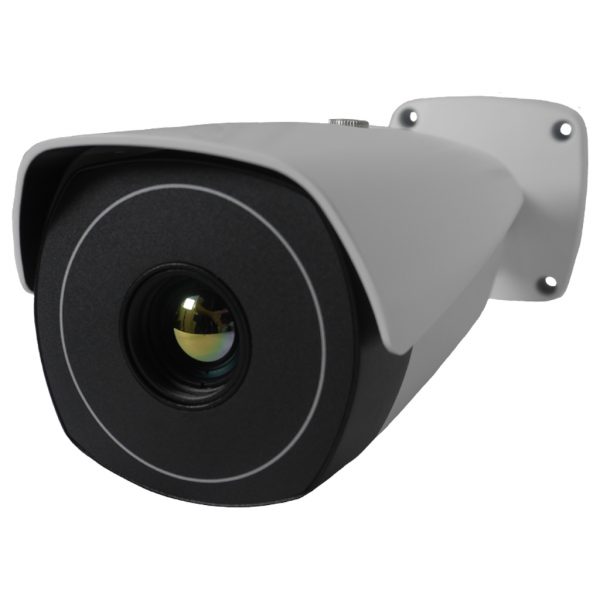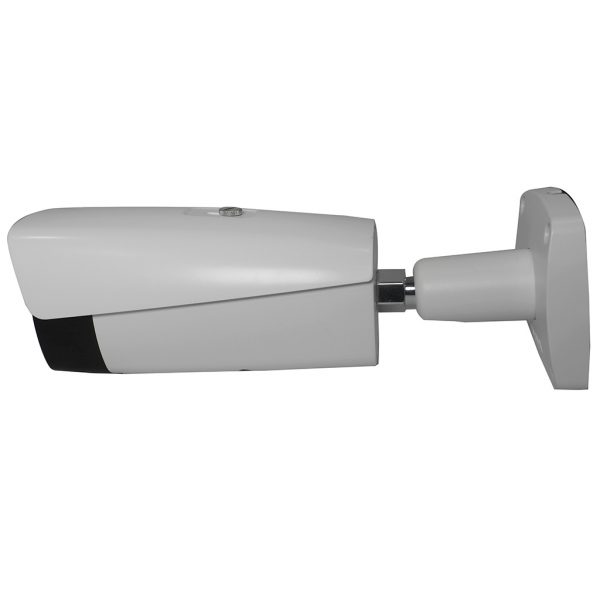Thermal imaging cameras are advanced devices that detect and visualize heat, making them invaluable tools in a wide range of applications. Their ability to see beyond what the human eye can perceive offers unique advantages in many fields. This article explores what makes thermal imaging cameras useful and highlights their key benefits and applications.
How Thermal Imaging Cameras Work
- Detection of Infrared Radiation:
- Thermal imaging cameras detect infrared radiation emitted by objects based on their temperature. All objects emit infrared radiation, and the amount of radiation increases with temperature.
- Infrared Sensor (Microbolometer):
- The camera’s infrared sensor, or microbolometer, captures the infrared radiation and converts it into an electrical signal. Each pixel in the sensor detects the intensity of radiation and generates a corresponding signal.
- Image Processing:
- The electrical signals are processed and converted into a digital image. Different colors or shades represent various temperature ranges, creating a visual representation of heat patterns.
- Display on Screen:
- The processed thermal image is displayed on the camera’s screen, allowing users to see temperature variations in real-time.
Key Benefits of Thermal Imaging Cameras
- Ability to See in Complete Darkness:
- Unlike regular cameras that rely on visible light, thermal imaging cameras can operate in total darkness. They detect heat, making them effective for night-time surveillance, search and rescue operations, and monitoring wildlife.
- Detection of Temperature Variations:
- Thermal cameras can identify even slight differences in temperature. This capability is crucial for detecting anomalies, such as overheating machinery, electrical faults, or heat leaks in buildings.
- Non-Invasive and Safe:
- Thermal imaging is non-invasive and safe, as it only detects emitted heat without emitting any harmful radiation. This makes it suitable for medical diagnostics and monitoring.
- Enhanced Situational Awareness:
- In security and surveillance applications, thermal cameras provide enhanced situational awareness by revealing hidden threats or individuals that might be camouflaged or concealed by darkness or foliage.
- Versatile Applications:
- Thermal imaging cameras are used in various fields, from security and firefighting to medical diagnostics and industrial inspections. Their versatility makes them invaluable tools for professionals in many industries.
Applications of Thermal Imaging Cameras
- Security and Surveillance:
- Thermal imaging cameras are used in security systems to detect intruders and monitor areas in low-light conditions. They are particularly useful for perimeter security and night-time surveillance.
- Firefighting:
- Firefighters use thermal imaging cameras to locate hotspots, assess fire spread, and find people or animals trapped in smoke-filled environments. Thermal imaging improves safety and efficiency during firefighting operations.
- Medical Diagnostics:
- In healthcare, thermal imaging is used for diagnostic purposes, such as detecting inflammation, monitoring blood flow, and identifying areas of poor circulation. Thermal imaging is non-invasive and provides valuable information for medical assessments.
- Industrial Inspections:
- Thermal cameras are employed in industrial settings to monitor machinery, detect equipment malfunctions, and identify heat leaks. They help prevent costly breakdowns and improve maintenance practices.
- Building Inspections:
- Thermal imaging is used in building inspections to detect insulation issues, moisture intrusion, and electrical faults. It helps improve energy efficiency and identify potential problems before they escalate.
- Wildlife and Environmental Monitoring:
- Thermal imaging cameras are used to monitor wildlife, track animal movements, and study their behavior. They are also used in environmental monitoring to detect changes in vegetation or water bodies.
- Search and Rescue:
- Thermal imaging is crucial in search and rescue operations, helping locate missing persons or survivors in challenging environments such as dense forests, debris, or at night.
Conclusion
Thermal imaging cameras are powerful and versatile tools that provide unique insights by detecting and visualizing heat. Their ability to see in complete darkness, detect temperature variations, and offer non-invasive and safe monitoring makes them indispensable in various fields. By understanding their key benefits and applications, users can effectively leverage thermal imaging technology for enhanced safety, security, and operational efficiency.
Related Products
35MM AI Thermal Bullet Camera W/ Audio and Alarm
Specifications
- Lens: 35mm Fixed Lens
- Audio: Capable With External Mic
- SD Card Compatible: Yes
- Perimeter Protection: No
- Object Detection: No
- Face Detection: No
- Face Recognition: No
- Smart Motion Detection: No
- LPR: No
Frequently Asked Questions (FAQ)
What is thermal imaging?
- Thermal imaging is a technology that detects infrared radiation (heat) emitted by objects and converts it into a visible image, allowing for the visualization of temperature variations.
How can thermal imaging cameras be used in various industries?
- Thermal imaging cameras are used in a wide range of industries, including firefighting (to locate hot spots and trapped individuals), electrical maintenance (to identify overheating components), building inspections (to detect insulation issues and moisture), and medical diagnostics (to monitor body temperature and detect inflammations).
What are the benefits of using thermal imaging cameras for security purposes?
- For security, thermal imaging cameras are valuable for detecting intruders in complete darkness or through smoke and fog, offering superior visibility compared to traditional cameras. They enhance perimeter security and can identify potential threats in low-visibility conditions.
How do thermal imaging cameras contribute to preventive maintenance?
- In preventive maintenance, thermal imaging cameras help identify potential equipment failures by detecting unusual heat patterns, allowing for early intervention before major breakdowns occur. This can extend the lifespan of equipment and reduce downtime.
What are the advantages of thermal imaging cameras in search and rescue operations?
- During search and rescue missions, thermal imaging cameras can quickly locate missing persons or animals by detecting their body heat, even in challenging environments like dense forests, rubble, or at night.

